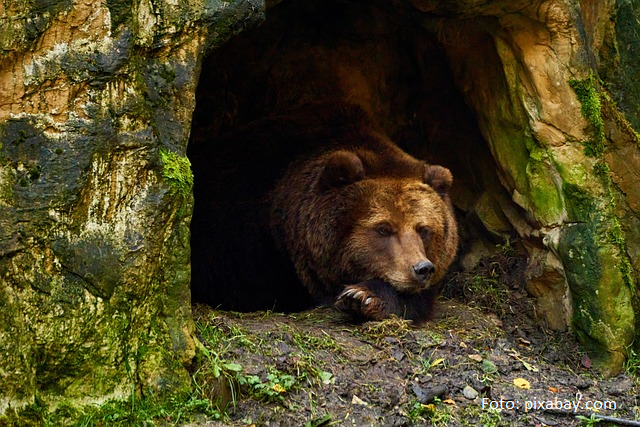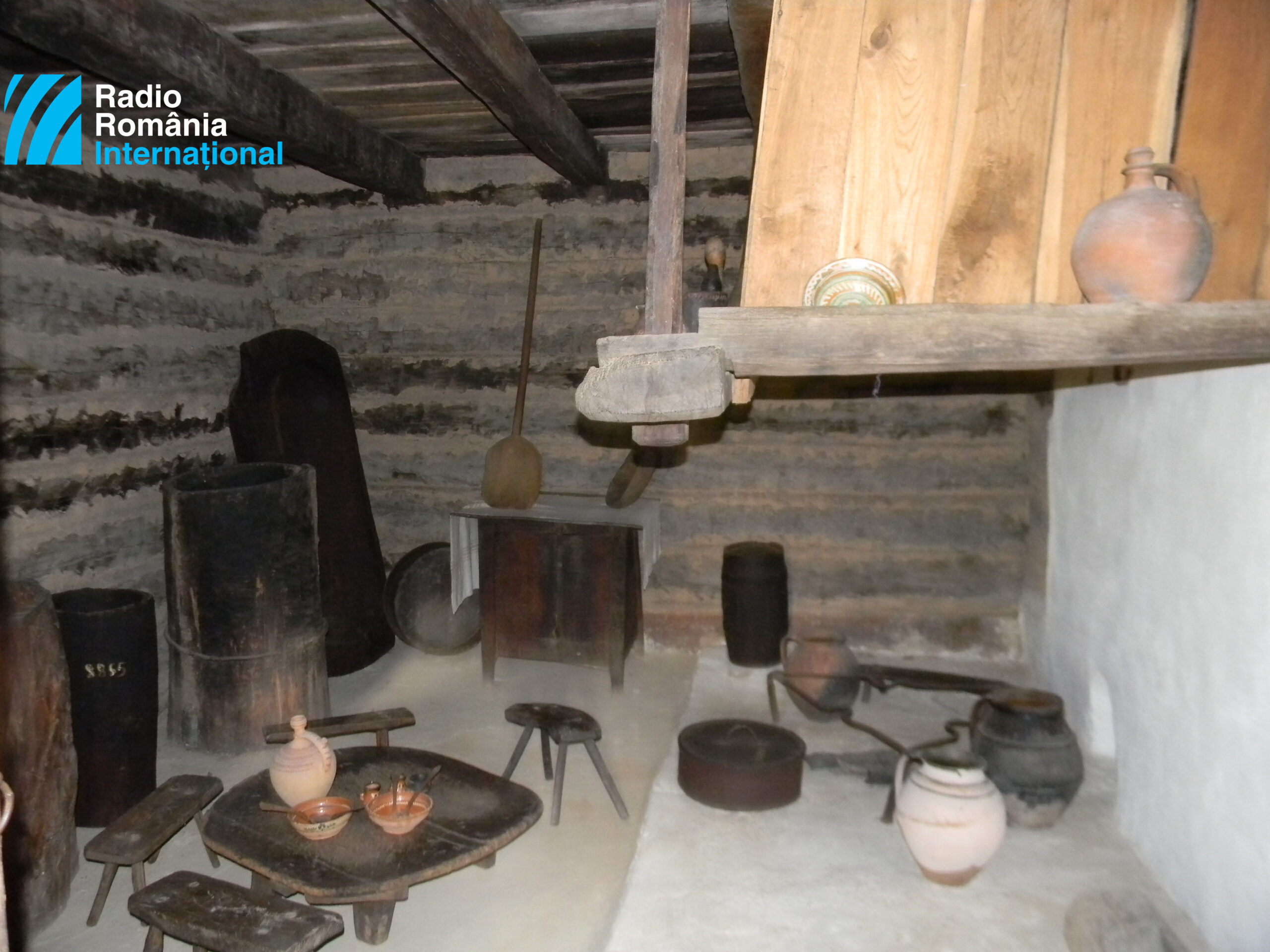Bear Day at the Zoo
Macaveiul Ursului, or Bear Day in Romanian folklore, is an ancestral celebration with a complex meaning

Ana-Maria Cononovici, 12.02.2024, 16:15
Folk tradition says that at the beginning of February, when the bear comes out of its den, if the weather is sunny and the bear sees its shadow, it goes back and hibernates for another three weeks, and the weather cools down again, but if it is not sunny and it doesn’t see its shadow, it no longer hibernates, and the weather warms up and spring really comes.
Macaveiul Ursului, or Bear Day in Romanian folklore, is an ancestral celebration with a complex meaning, bringing to the fore the connection between man and nature, but also the cyclical evolution of life. Although traditions and customs have changed over time, this celebration remains an important element of Romanian cultural and folkloric identity. The worship of the bear was widespread in many Indo-European cultures, including the Romanian area, being an animal considered sacred and associated with the deities of nature and fertility.
Bear Day is celebrated in Romania and by other European nations on February 2, on the same date as Groundhog Day, celebrated in areas of the United States of America and Canada. Both have in common the element of predicting the weather for the upcoming period of the year. The brown bear is a protected species both in Romania and in the European Union.
We learned how Bear Day was celebrated at the Braşov Zoo from Mihail Milea, education coordinator:
We had several activities. The event itself wanted to explore the fascinating life of bears, and, of course, we provided the opportunity to better understand these impressive animals. We had speeches by the caretakers, stories about bears, curiosities related to the world of these animals, and we aimed to shed light on aspects regarding behavior and the environment. At the same time, we wanted to emphasize the importance of conserving and protecting bear habitats.
We learned from our interlocutor that at the Braşov Zoo, snow leopard day, red panda bear day, and monkey day are celebrated throughout the year. Mihail Milea spoke about protecting ecosystems:
In the activities we had, we started with a riddle game, through which we introduced children and even adults to our game, after which we organized an activity that we called it ‘delicious gifts’, in which the participants were divided into groups, beautifully wrapped boxes were prepared, with colored paper, then the children colored and added messages on the ready-arranged boxes. We put some fish, pastries, muffins, and apples in the boxes, after which our caretakers distributed the gifts in the bears’ pens, and it was a very pleasant moment for the visitors when the bears came across the gifts and tore them open.
Mihail Milea added:
Later we told a story, ‘The Bear Emperor’, from which the children were able to learn more. The story itself is a folk tale and has been passed down from generation to generation, and it presents the adventures of a bear and what lessons we can learn about bear life. The children were able to learn respect for nature, the courage and wisdom of the bear, bonds in the community, because the bear uses its strength and abilities to defend and help community members, and respect for the elders and their teachings. It is about a family of bears, where the bear is the Emperor of the Bears, a majestic, imposing individual, he has a family composed of the bear queen, who is also very attentive to the needs of the forest, and they also have three cubs, two of which, unfortunately, were hunted down, and thus comes the idea that hunting is not something that brings any benefit.
The approximately 120 participants in the Bear Day organized by the Braşov Zoo this year had more surprises. Mihail Milea:
Then we had another activity, ‘Enchanted Forest’, and told the visitors about various legends and curiosities from the world of bears. For example, related to curiosities, we told the children that there are variations in the size of bears, that there are small-sized bears, I mean the small panda bear, which weighs somewhere around 100 kilograms, and up to the Kodiak bear, which can weigh up to 900 kilograms. We introduced the children to the resistance to hunger, because it is known that, before entering hibernation, bears accumulate a significant amount of fat to feed themselves during the winter. We also told about the rich diet of the bears, or about their ability to swim. Then, in terms of legends, we told them the Legend of the Polar Bear and the Northern Lights, the Bear and the Great Constellation, or the Legend of the White Bear.
And, since on February 2, in Romania, the weather was cloudy, we would say that tradition teaches us that spring is indeed coming!






























